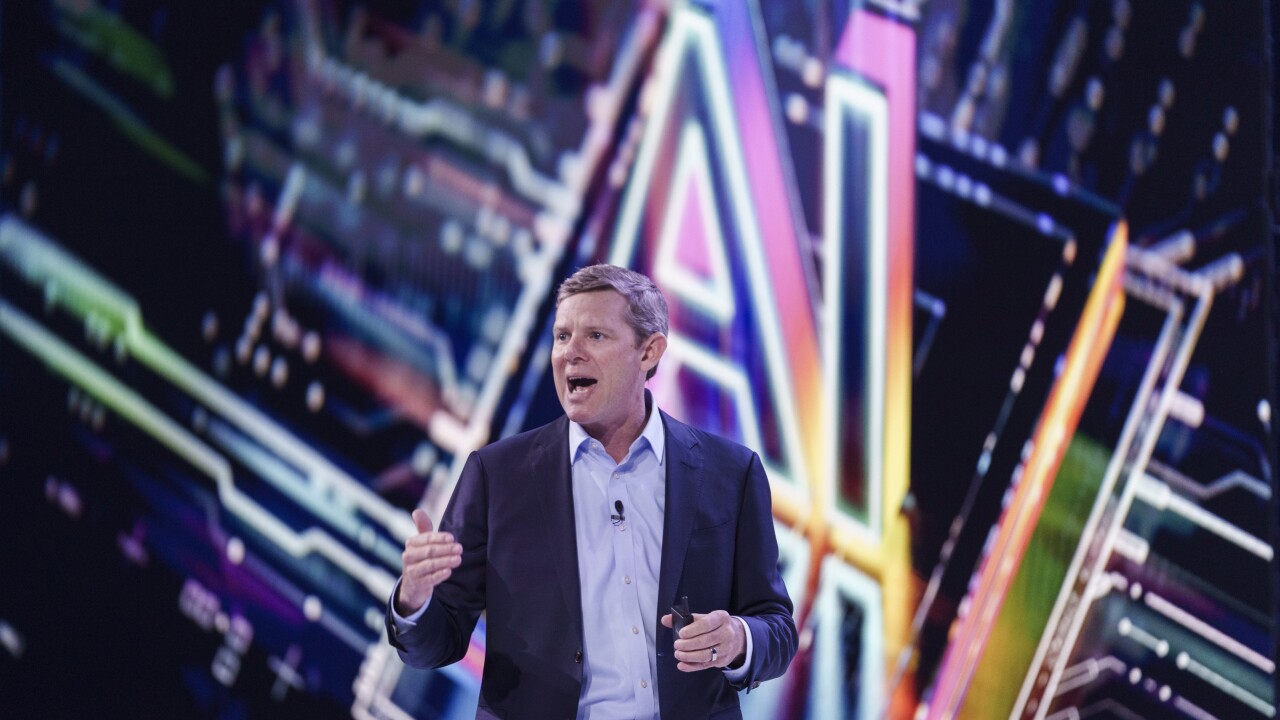Uber and Amazon aren’t payment processors, banks or card companies. But both companies loom as threats and trendsetters for companies that squarely are in financial technology.
As
Executives from four companies—Worldnet co-founder John Clarke, Payrailz CEO Fran Duggan, CardFree CEO Jon Squire, and Sionic Mobile CEO Ron Herman— view Uber and Amazon as drivers of the shift to an "unattended" retail experience that removes human interaction from the process of making a payment.
During a phone roundtable last week, the executives discussed artificial intelligence, blockchain, mobile tech, and the two big elephants in the room.









